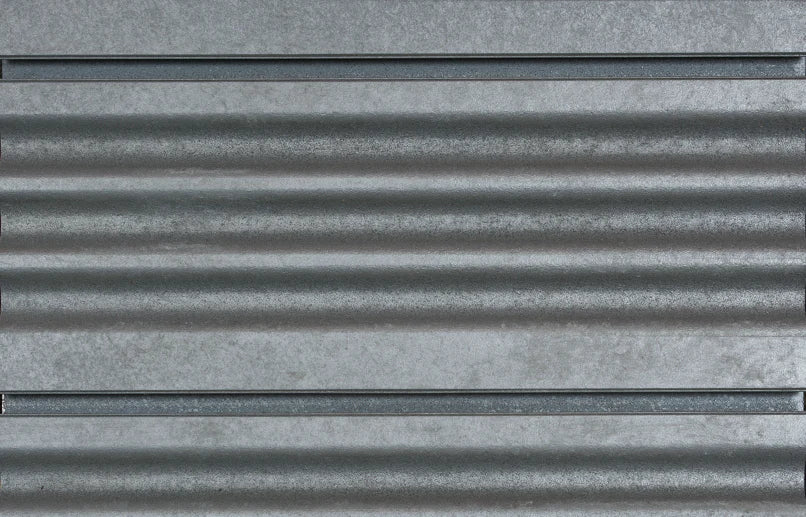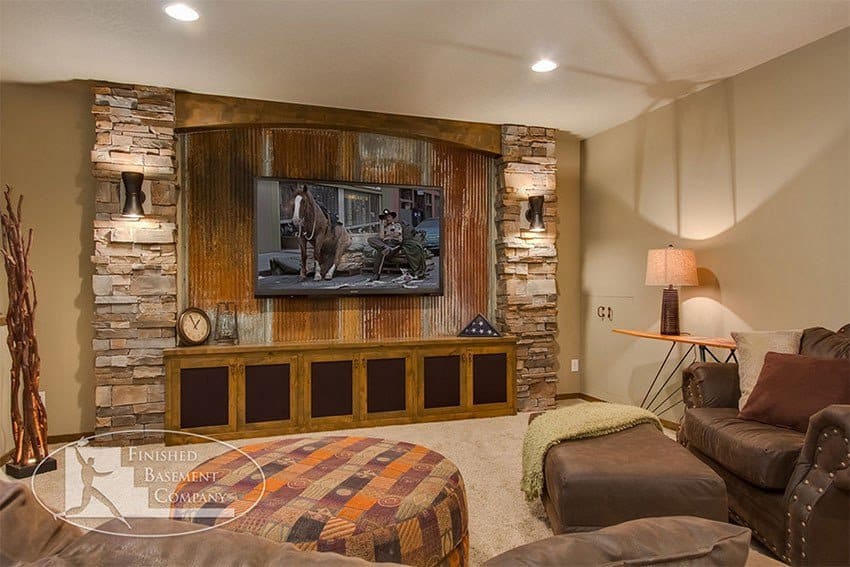Introduction
Decorative corrugated metal has become a go-to material for homeowners and designers looking to add a touch of modern elegance to their spaces. Its unique textures and durability make it an ideal choice for a variety of applications, from siding to interior decor. In this article, we’ll explore everything you need to know about decorative corrugated metal, drawing from personal experiences, interviews with industry experts, and a wealth of research to help you make informed design choices.
Understanding Decorative Corrugated Metal
Corrugated metal is characterized by its wavy, ridged surface, which adds aesthetic appeal while providing strength and durability. What makes decorative corrugated metal stand out is the variety of finishes, colors, and patterns available. From classic galvanized steel to colored aluminum or even copper, the options are endless.
Benefits of Using Decorative Corrugated Metal
1. Aesthetic Versatility
One of the primary reasons homeowners and designers choose decorative corrugated metal is its diverse aesthetic appeal. Whether you’re looking for a rustic farmhouse vibe or a sleek modern look, there’s a corrugated metal option for you.
2. Durability and Longevity
Corrugated metal is resistant to weather conditions, pests, and decay. Unlike traditional wood or other materials, it won’t warp or rot over time, making it an excellent long-term investment.
3. Low Maintenance
Maintaining corrugated metal is simple. A periodic wash with soap and water is usually enough to keep it looking fresh and new.

4. Eco-Friendly Options
Many manufacturers offer recycled corrugated metal options, making it a sustainable choice for environment-conscious consumers.
Applications of Decorative Corrugated Metal
1. Siding and Exterior Cladding
Using corrugated metal for siding can give your home a unique and modern look. Its durability protects the home from the elements, and the variety of colors and patterns adds a personalized touch.

2. Interior Design Elements
Corrugated metal can be used indoors as well. Think accent walls, backsplashes, or ceiling tiles. It adds texture and interest to an otherwise plain space.
3. Furniture Design
Incorporating corrugated metal into furniture like tables or chairs can create a striking contrast with wood or glass, enhancing the overall aesthetic of your space.

Types of Decorative Corrugated Metal
1. Galvanized Steel
Galvanized steel is coated with zinc to prevent rust, making it a popular choice for both indoor and outdoor applications.
2. Aluminum
Lightweight and resistant to corrosion, aluminum is often used for decorative purposes and is available in various finishes and colors.
3. Stainless Steel
Stainless steel offers a modern, high-end look and is known for its durability and resistance to staining.
4. Copper
Copper provides a distinctive look that ages beautifully, developing a patina over time. It’s often used in high-end designs.

Pros and Cons of Decorative Corrugated Metal
| Pros | Cons |
|---|---|
| Diverse aesthetic options | Can be noisy during rain or hail |
| Long-lasting durability | Initial cost can be higher than some materials |
| Low maintenance requirements | May require additional support for heavy pieces |
| Eco-friendly choices available | May not match certain architectural styles |
Incorporating Decorative Corrugated Metal into Your Space
1. Choosing the Right Finish and Color
Choosing the right finish and color is crucial in ensuring that the corrugated metal complements your existing decor. For example, a galvanized finish adds an industrial touch, while a matte black finish can create a more modern vibe.

2. Mixing Materials
Don’t hesitate to mix corrugated metal with other materials like wood, glass, or brick. The contrast can create a dynamic and inviting space.
3. Professional Installation vs. DIY
If you’re comfortable with tools and have some experience, you might choose to install decoratively corrugated metal yourself. However, hiring a professional can ensure safety and quality, especially for larger projects.
Frequently Asked Questions (FAQs)
1. Is decorative corrugated metal expensive?
The cost can vary significantly based on the material, finish, and application. While it might be more expensive upfront compared to some materials, its durability could save you money in the long run.
2. Can I use decorative corrugated metal indoors?
Absolutely! Many people use it for interior accents like walls, backsplashes, and furniture, adding a unique texture to their space.
3. How do I maintain decorative corrugated metal?
A simple wash with soap and water will typically suffice. For more stubborn stains, a non-abrasive cleaner can be used.
4. Does decorative corrugated metal rust?
While standard steel can rust if not properly coated, options like galvanized steel, aluminum, or stainless steel are treated to resist rust and corrosion.
Conclusion
Decorative corrugated metal is more than just a building material; it’s a design statement that can enhance both the exterior and interior of your home. With a myriad of styles, finishes, and applications, it’s a versatile option that can be tailored to fit any aesthetic. Drawing from personal experiences and insights from other design enthusiasts, I can confidently say that incorporating decorative corrugated metal can elevate your space to new heights.
As you embark on your design journey, consider the elements discussed in this article, and feel free to reach out with any questions or stories about your own experiences with decorative corrugated metal!